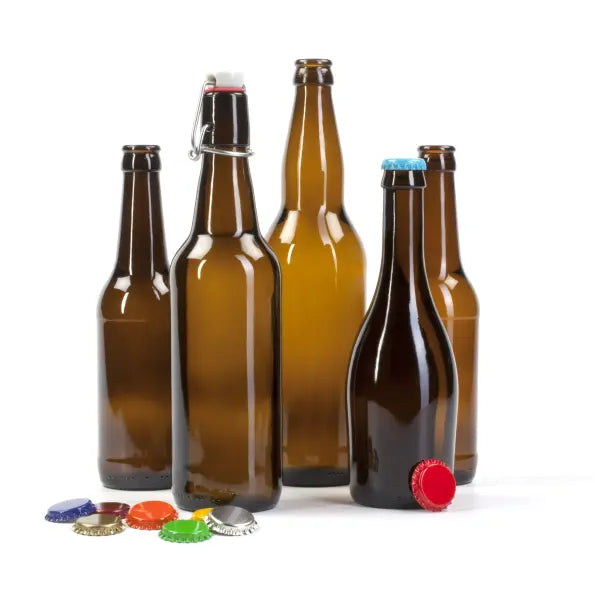What is the real cost of you packaging?
Understanding the real cost of your packaging is essential for any business in the food, cosmetics, or pharmaceutical sectors. Whether you're a small artisan producer or a large industrial company, miscalculating the cost of your glass jars, PET bottles, or metal containers can significantly impact your profit margins.
1. Unit Price Is Not Everything
The price per unit is just the tip of the iceberg. You must also consider:
- Minimum order quantities (MOQs)
- Logistics and storage costs
- Cap or closure compatibility and cost
- Labeling and decoration
- Shrinkage, breakage, or returns
2. Factor In Transport and Warehousing
Glass packaging is heavier and more fragile, often requiring special packaging and higher shipping fees. PET is lighter but might need UV protection. Metal cans may require corrosion-resistant storage. Always ask:
- Is the product palletized?
- Can it be stacked to optimize space?
- Are you storing it short or long term?
3. Don't Forget About Accessories
Caps, pumps, droppers, and seals can cost more than the container itself—especially with glass bottles or PET jars used for cosmetics or gourmet products. Ensure these are compatible in:
- Thread size
- Material interaction (e.g., acids, oils)
- Aesthetic alignment
4. Calculate the Total Cost Per Unit (TCU)
Use this formula:
TCU = (Unit Price + Accessories + Transport + Storage + Decoration + Losses) ÷ Total Usable Units
This formula helps you avoid surprises and better estimate your retail or wholesale pricing.
5. Choose the Right Supplier
A reliable packaging supplier should help you optimize costs, provide full technical data, and offer compatible closures. At Thepackstock, we offer a wide range of glass jars and bottles, PET packaging, and metal containers with matched closures—ready for delivery across Spain, Portugal, and France.







